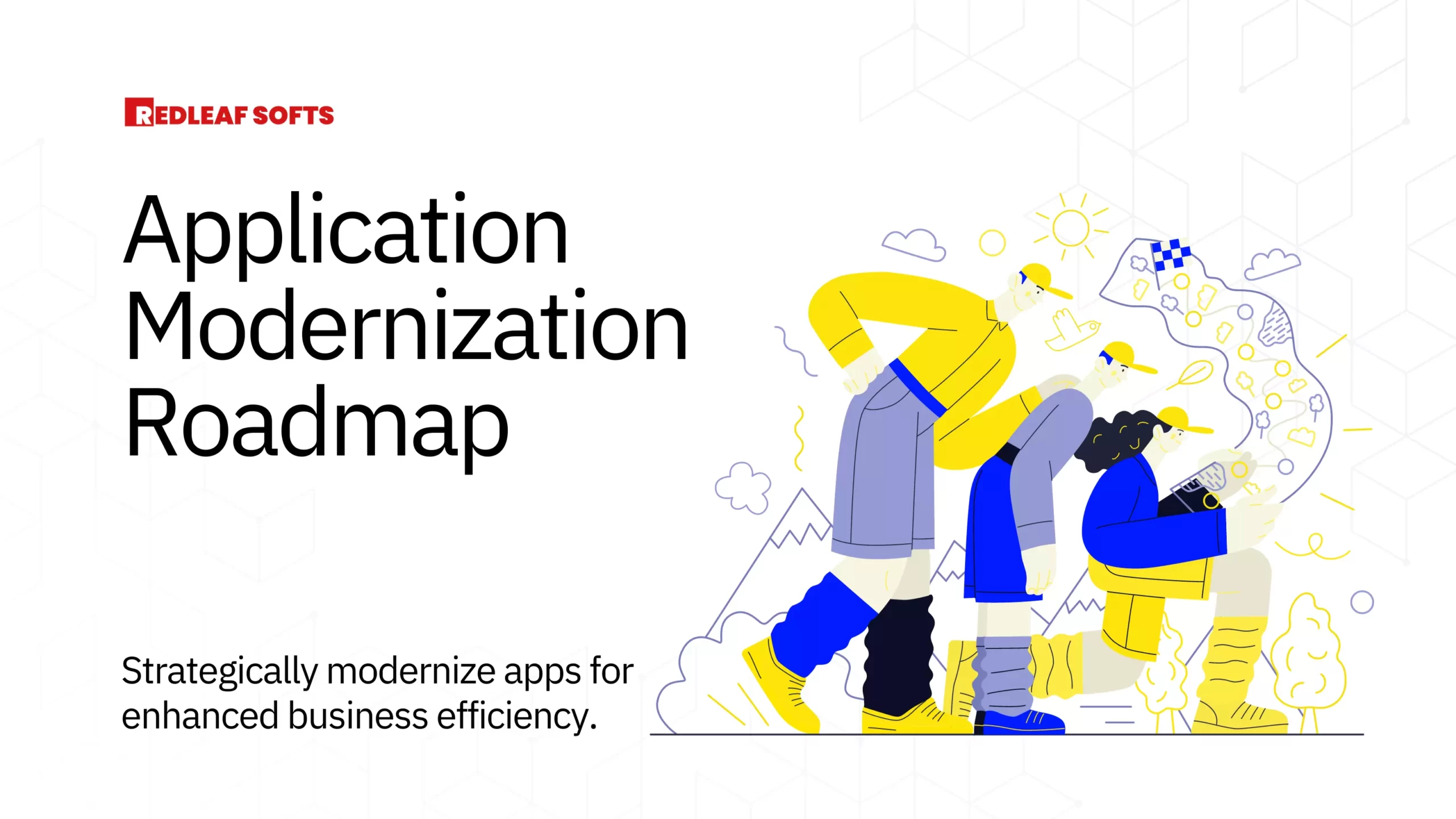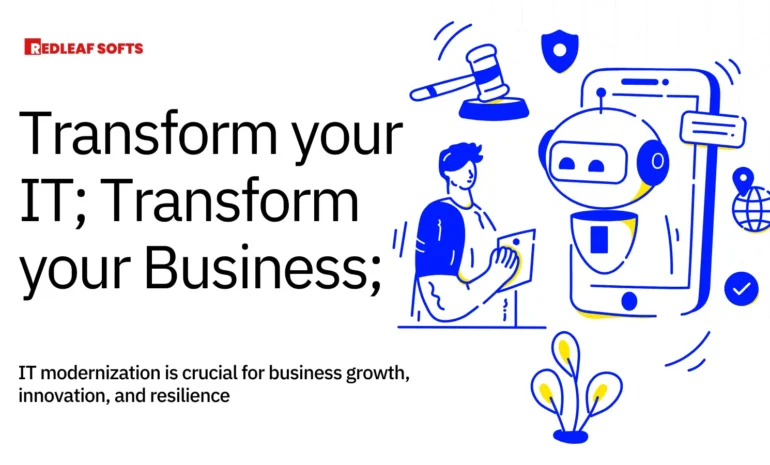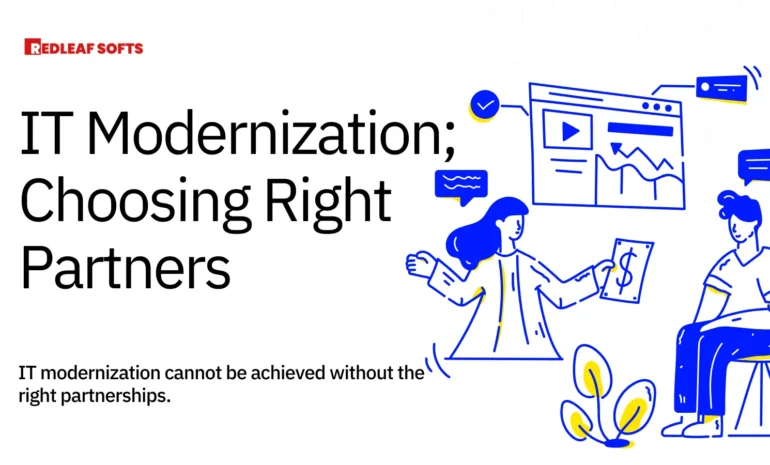Application modernization involves updating and improving existing software applications to align with current business needs and technological standards. It goes beyond mere maintenance and focuses on optimizing performance, enhancing user experience, and ensuring compatibility with the latest technologies. The goal is to make applications more agile, scalable, and resilient, enabling businesses to respond swiftly to market changes and customer expectations.
In today’s rapidly evolving business landscape, staying competitive requires not only embracing innovation but also adapting to the latest technological advancements. One crucial aspect of this transformation is application modernization. As businesses strive to meet the demands of a digital era, updating and optimizing their applications becomes imperative. In this blog post, we will explore the significance of incorporating application modernization into your business roadmap and the benefits it can bring to your organization.
Roadmap to Incorporating Application Modernization into Your Business
In an era defined by technological dynamism, the strategic integration of application modernization into your business roadmap is no longer an option but a necessity. This transformative process involves the meticulous upgrading and optimization of existing software applications to align seamlessly with contemporary business imperatives and technological standards. Discover the pivotal role application modernization plays in enhancing performance, driving efficiency, and ensuring long-term competitiveness. Uncover the strategies, benefits, and pragmatic considerations that come together to shape a roadmap poised for innovation and sustained success in an ever-evolving digital landscape.
1. Conduct a Comprehensive Assessment
The first step in incorporating application modernization into your business roadmap is conducting a thorough assessment of your existing application portfolio. This involves scrutinizing each application, identifying outdated technologies, performance bottlenecks, and areas requiring enhancement. By gaining a comprehensive understanding of your current state, you lay the groundwork for a well-informed and effective modernization strategy.
2. Define Clear Objectives
Once the assessment is complete, it’s time to define clear objectives for your modernization initiative. Establishing specific goals provides a roadmap for the entire process, guiding decision-making and ensuring that the transformation aligns with broader business objectives.
3. Prioritize Applications
Not all applications may require immediate modernization. Prioritize based on business impact, criticality, and the potential for improvement. This phased approach allows for a smoother transition and minimizes disruptions.
4. Select the Right Modernization Approach
Depending on your business needs, you can choose from various modernization approaches, such as rehosting, re-platforming, or rearchitecting. The choice depends on factors like budget, timeline, and the desired level of transformation.
5. Collaborate with Stakeholders
The success of any modernization initiative hinges on effective collaboration with key stakeholders. Engaging IT teams, business leaders, and end-users throughout the process ensures that diverse perspectives are considered, concerns are addressed, and the outcome meets the broader organizational objectives.
6. Invest in Training and Change Management
Modernizing applications is not just a technological shift; it involves a cultural change within the organization. Investing in training and change management is crucial to ensure that your team is equipped with the skills needed to manage and operate modernized applications.
Incorporating application modernization into your business roadmap is not a one-time event but an ongoing process that positions your organization for sustained success. By conducting a thorough assessment, defining clear objectives, prioritizing applications, selecting the right modernization approach, collaborating with stakeholders, and investing in training and change management, you pave the way for a seamless and effective modernization journey. Remember, in the ever-evolving landscape of technology, embracing change is not just a strategy; it’s a necessity for long-term growth and resilience.


